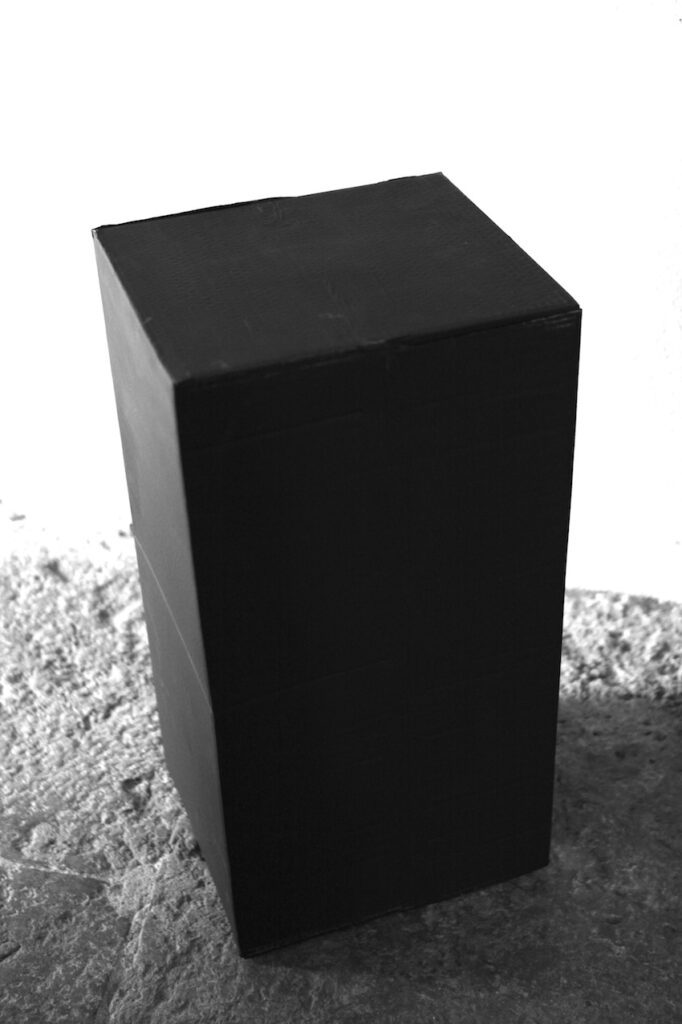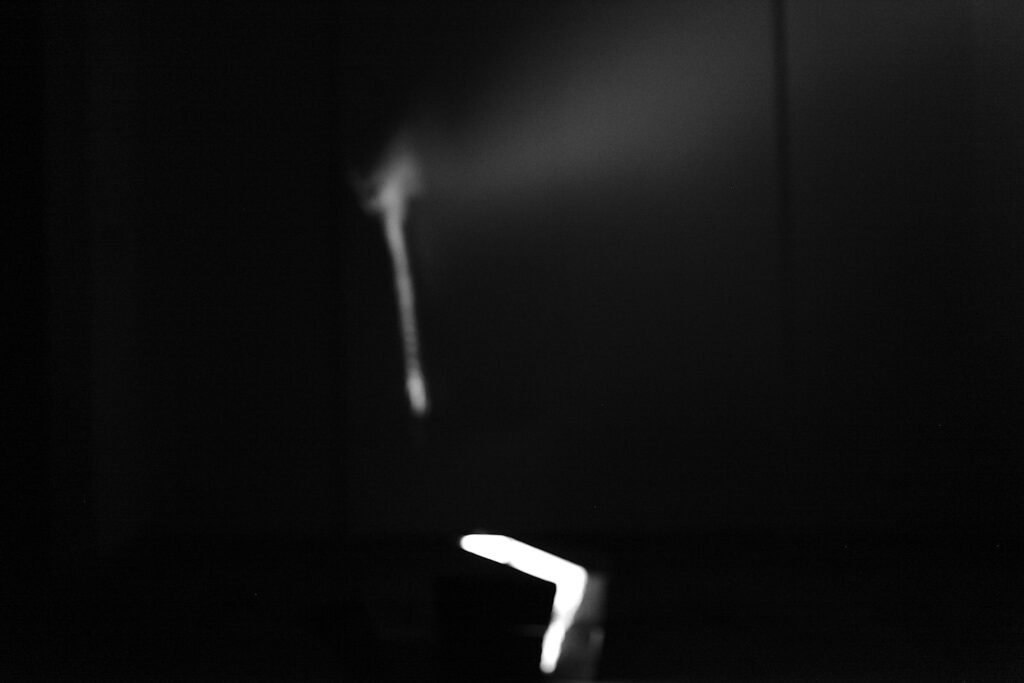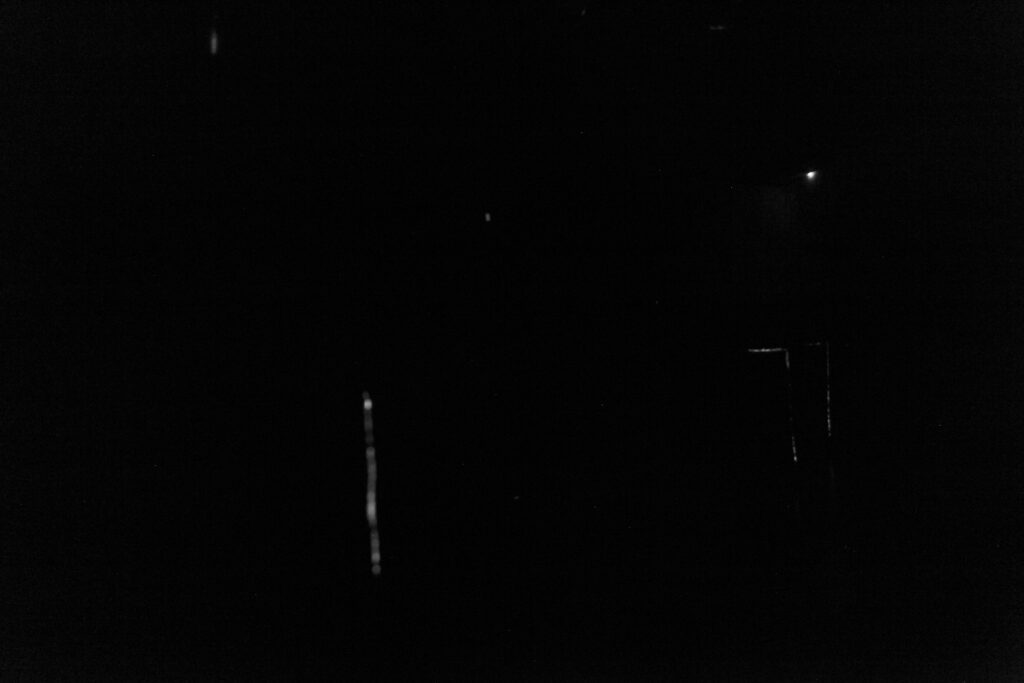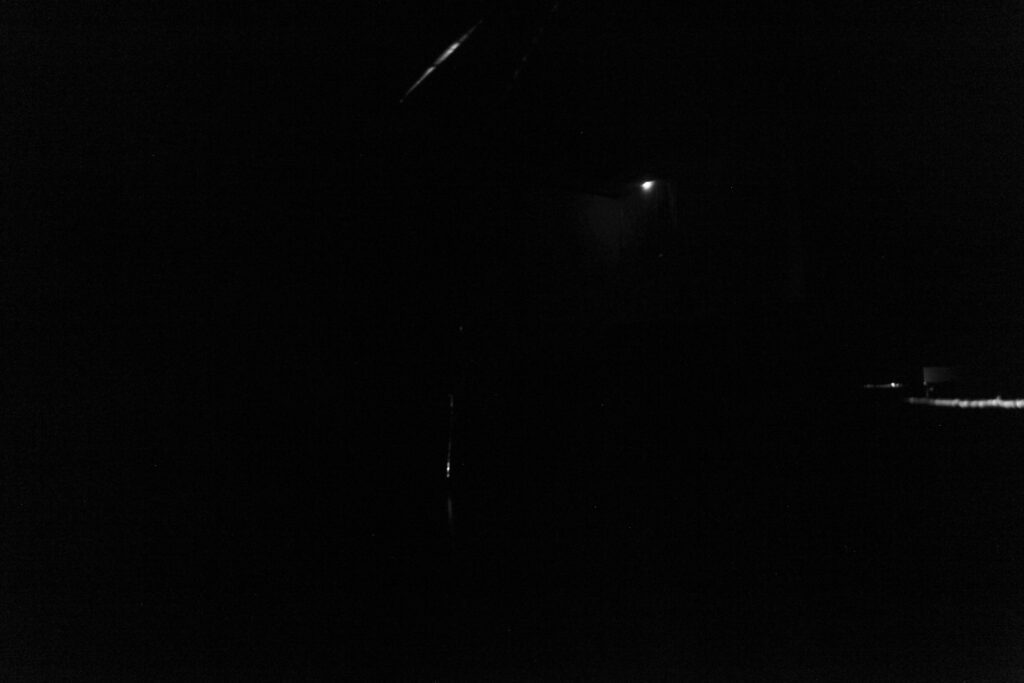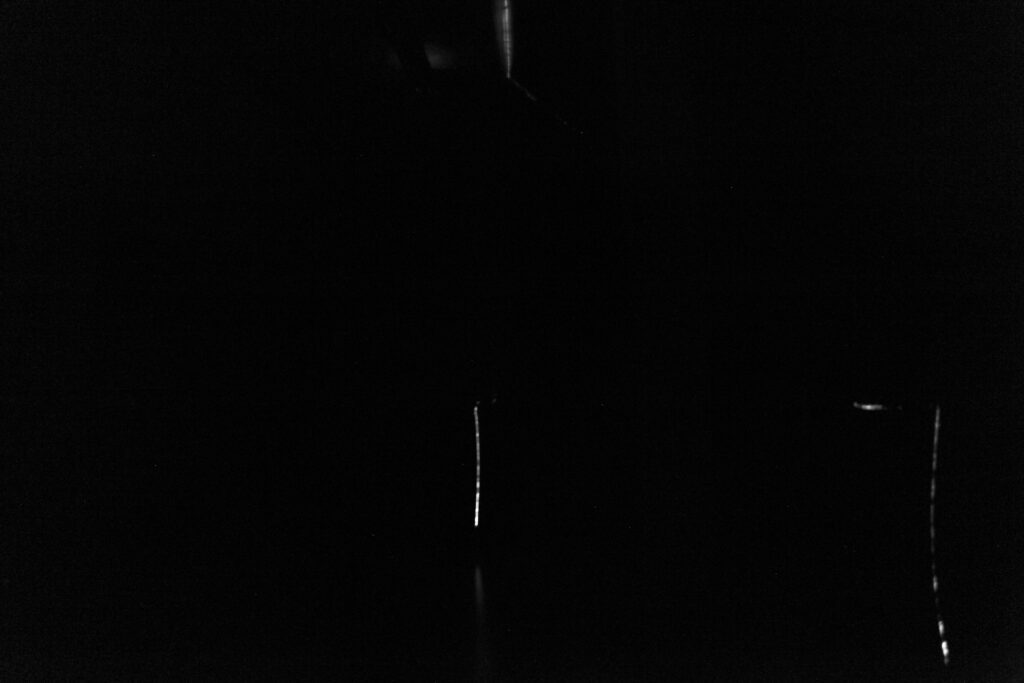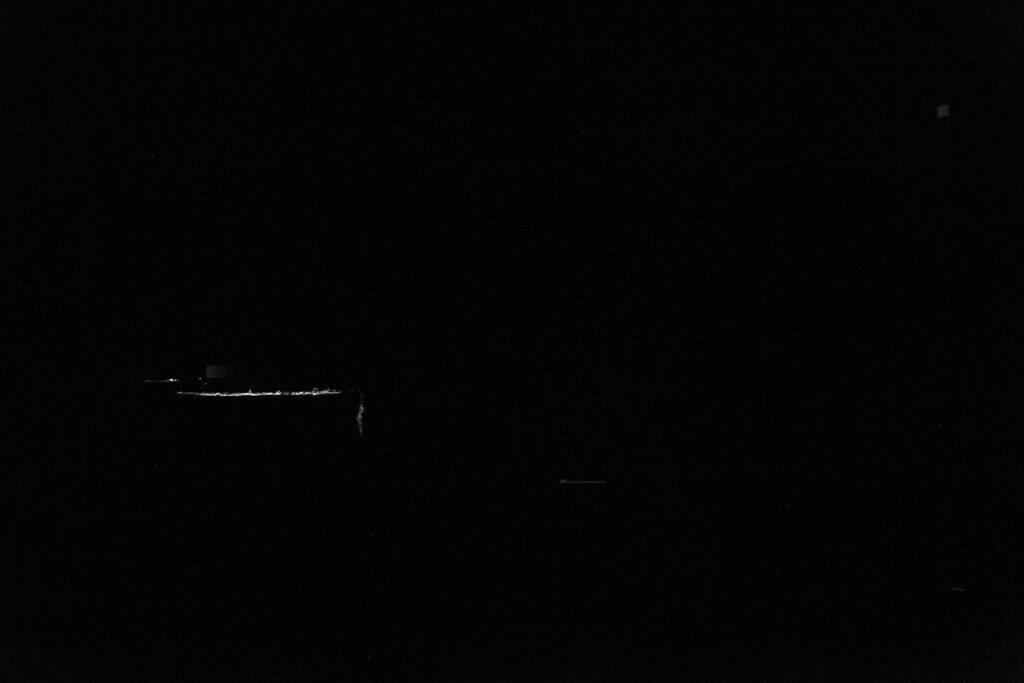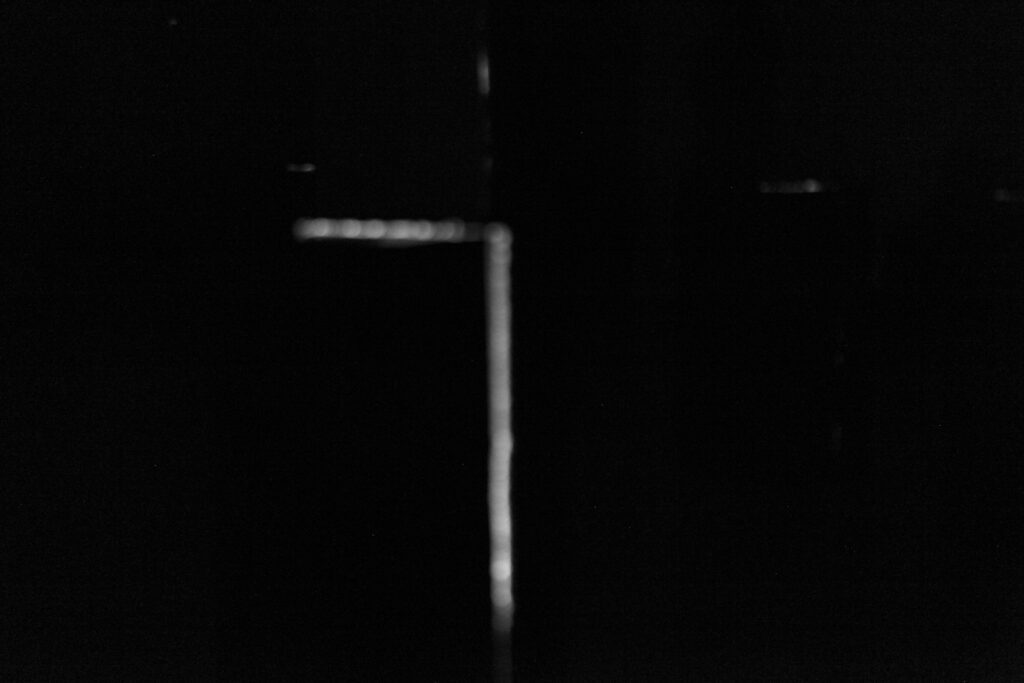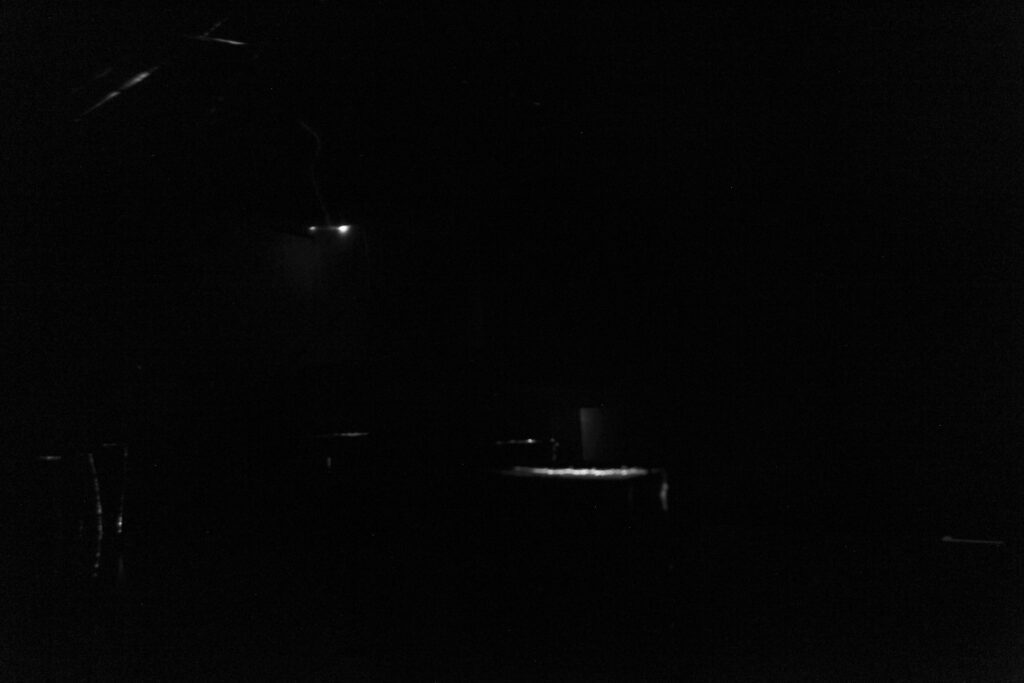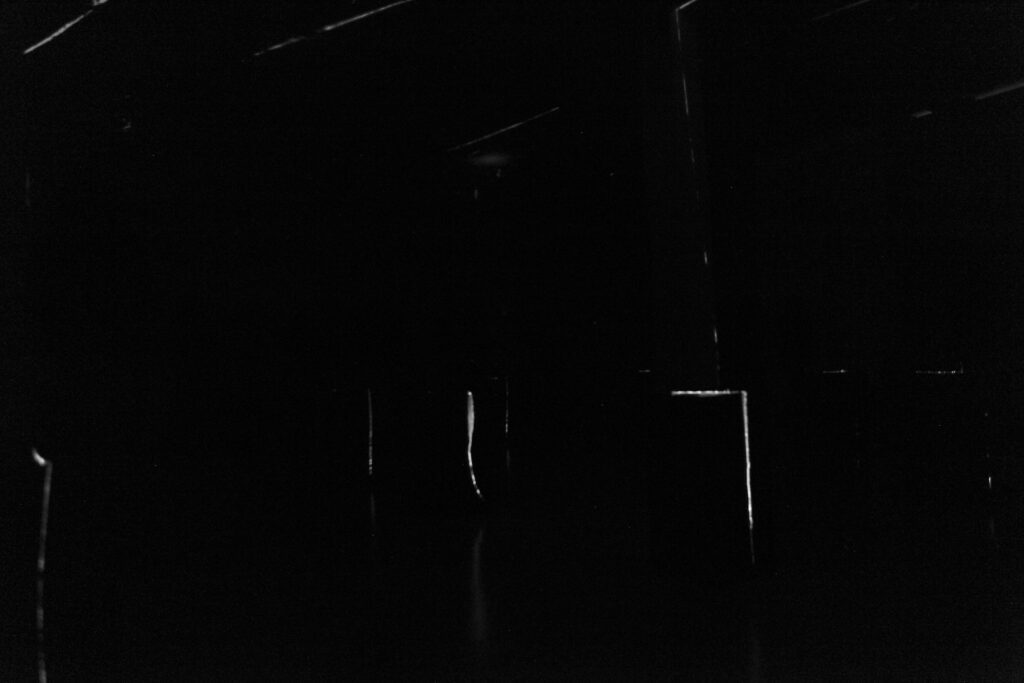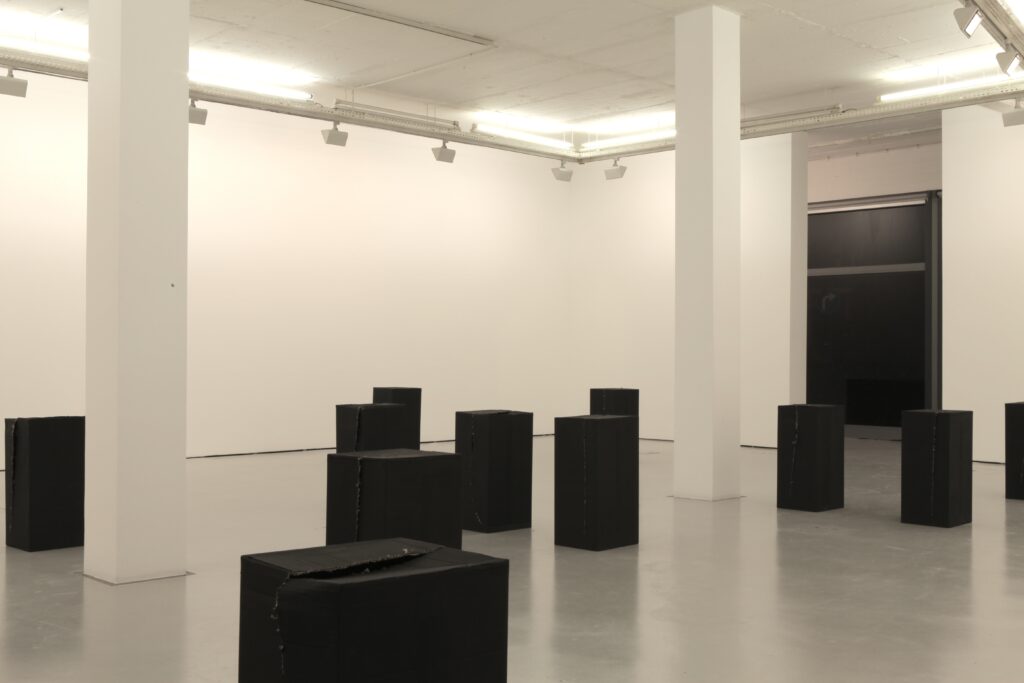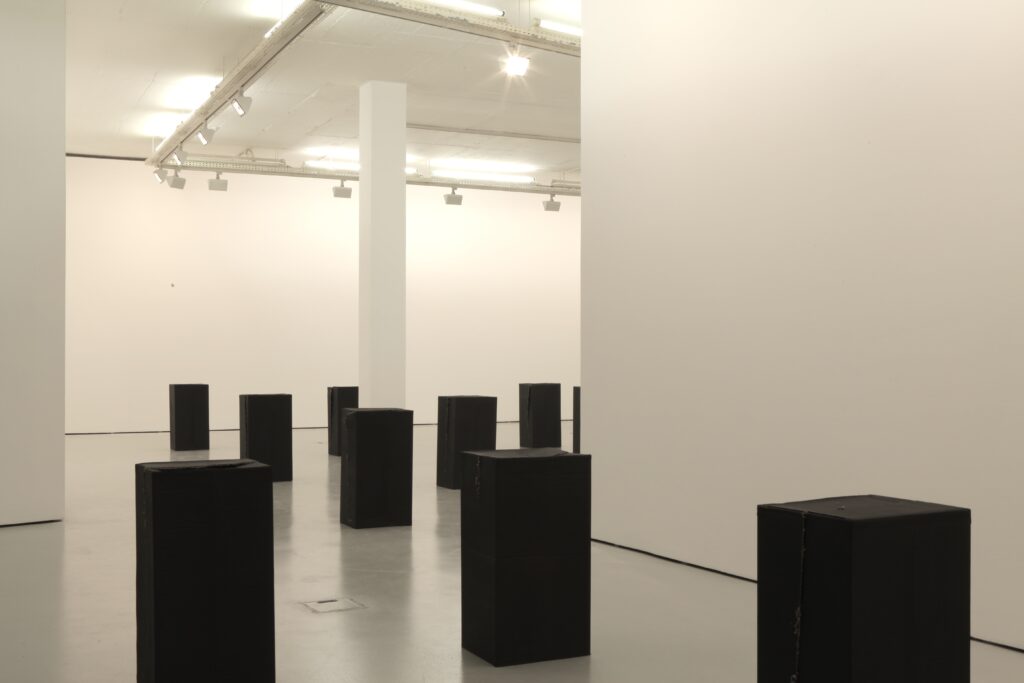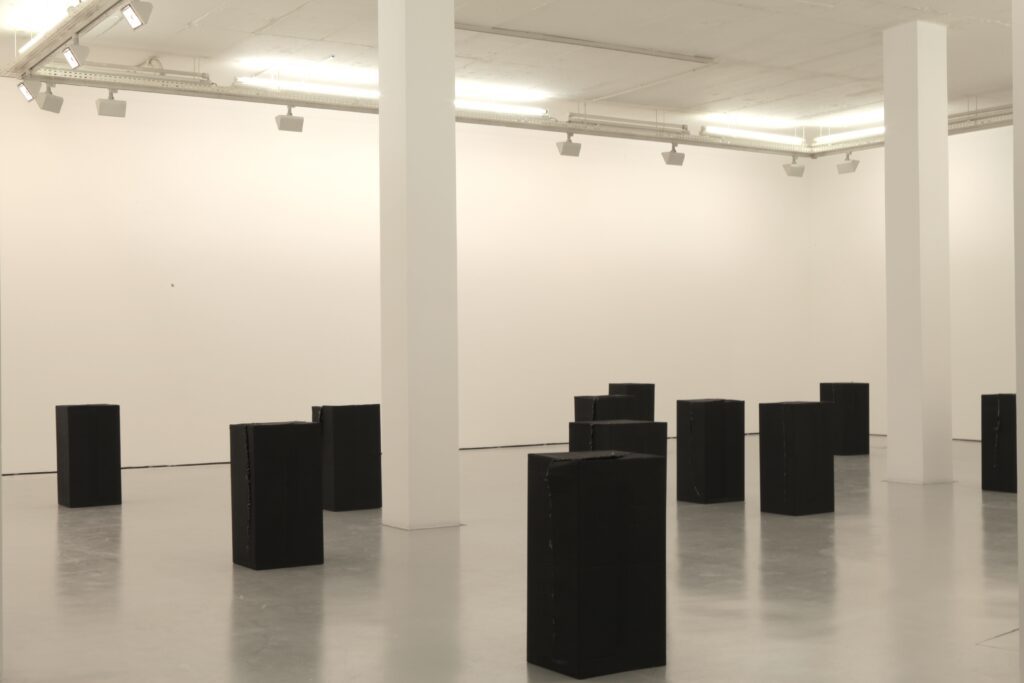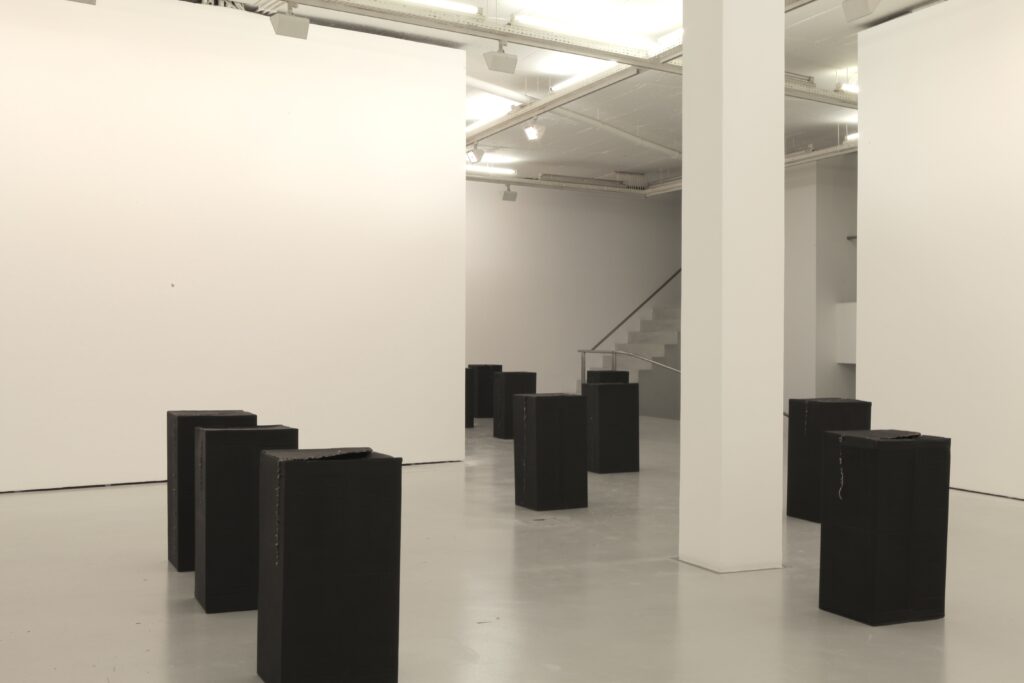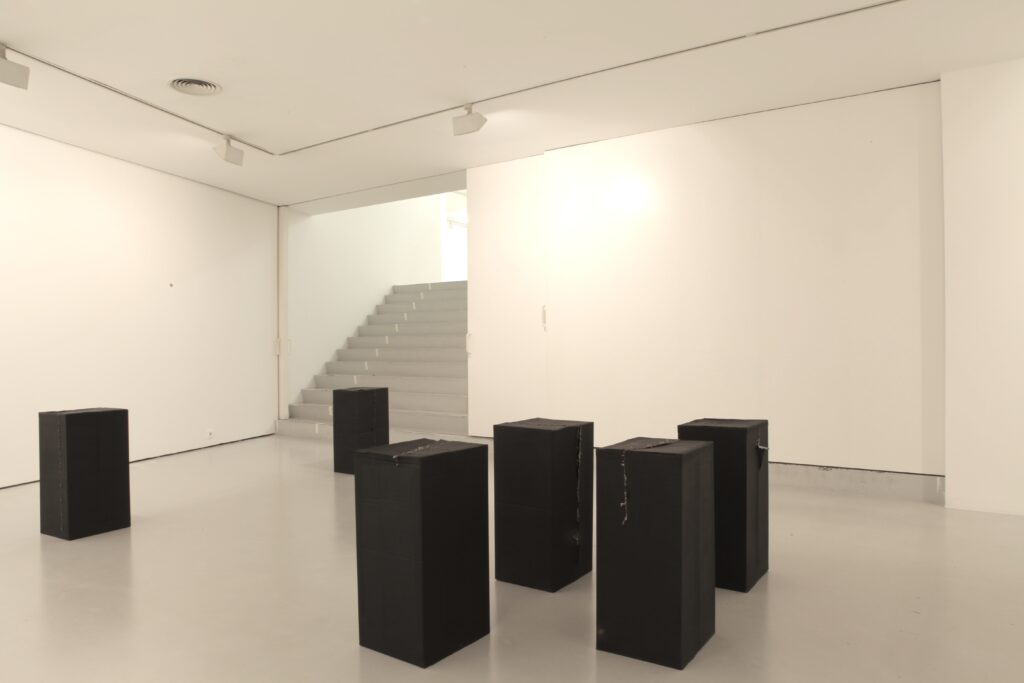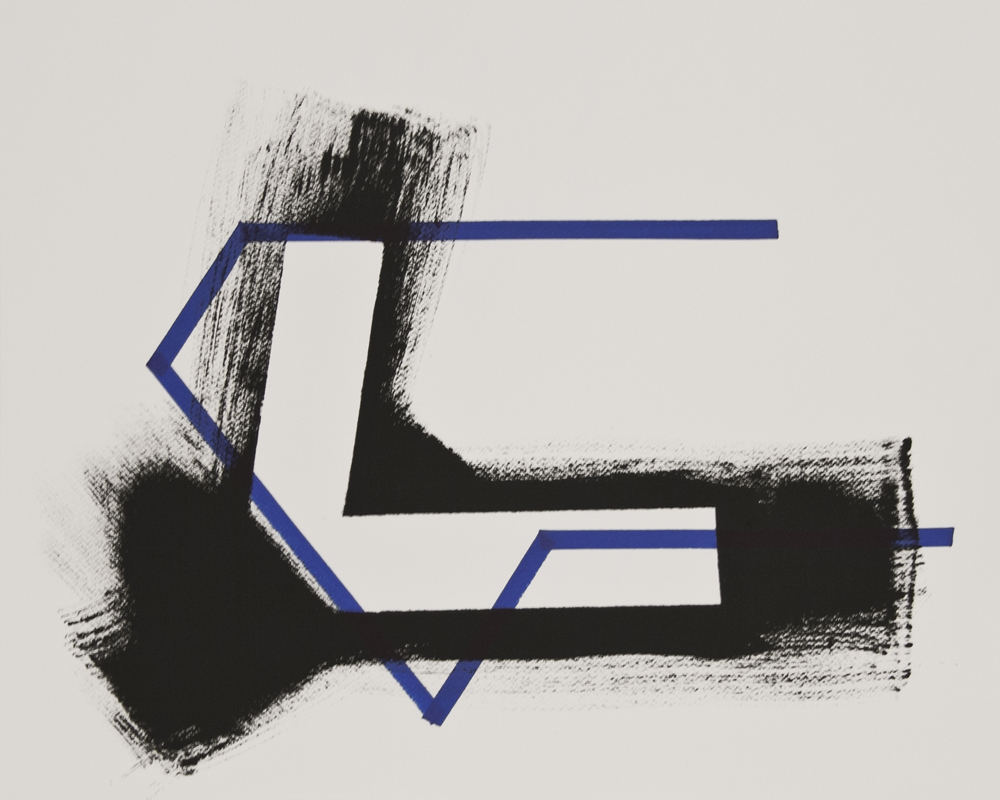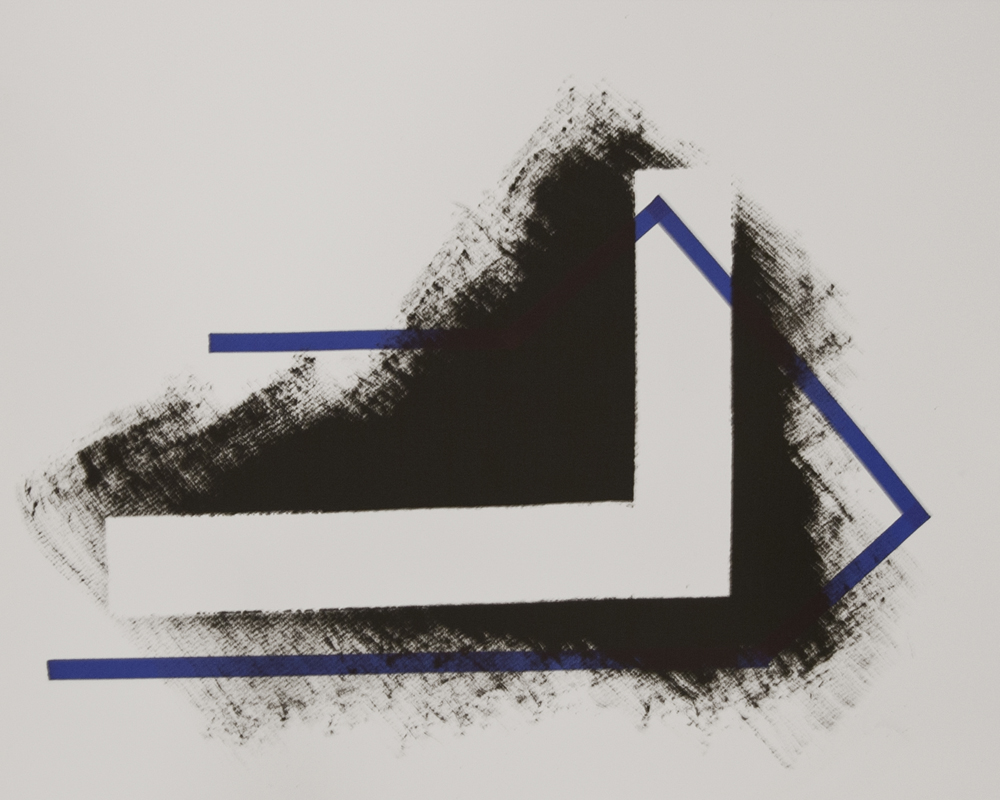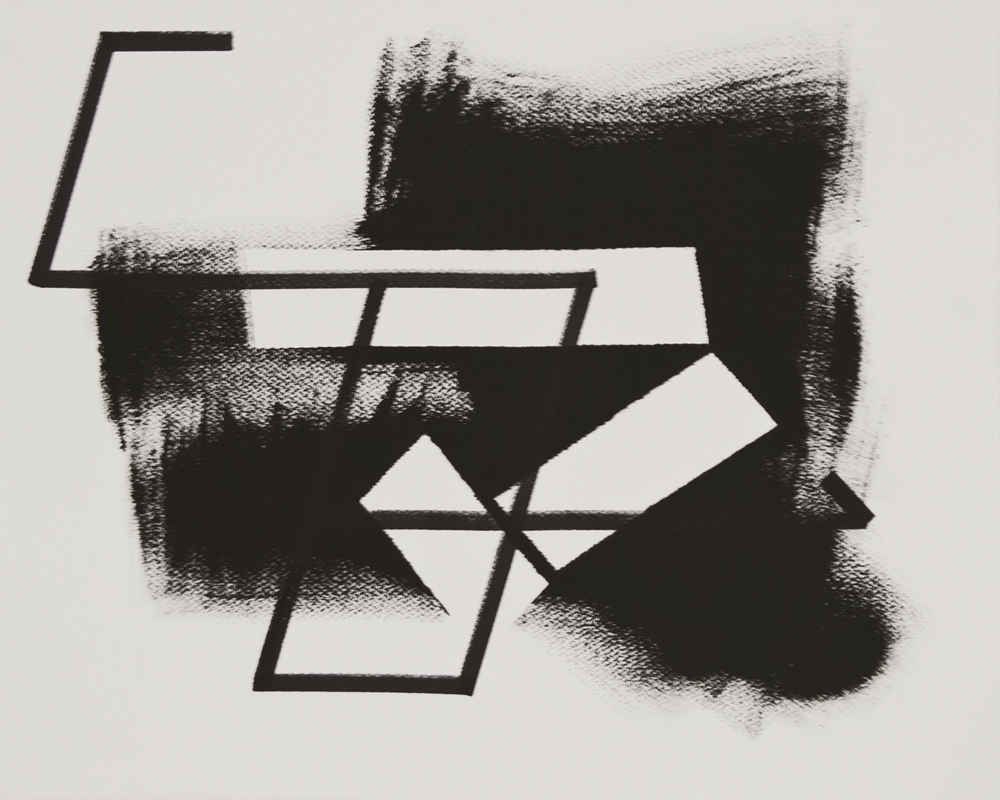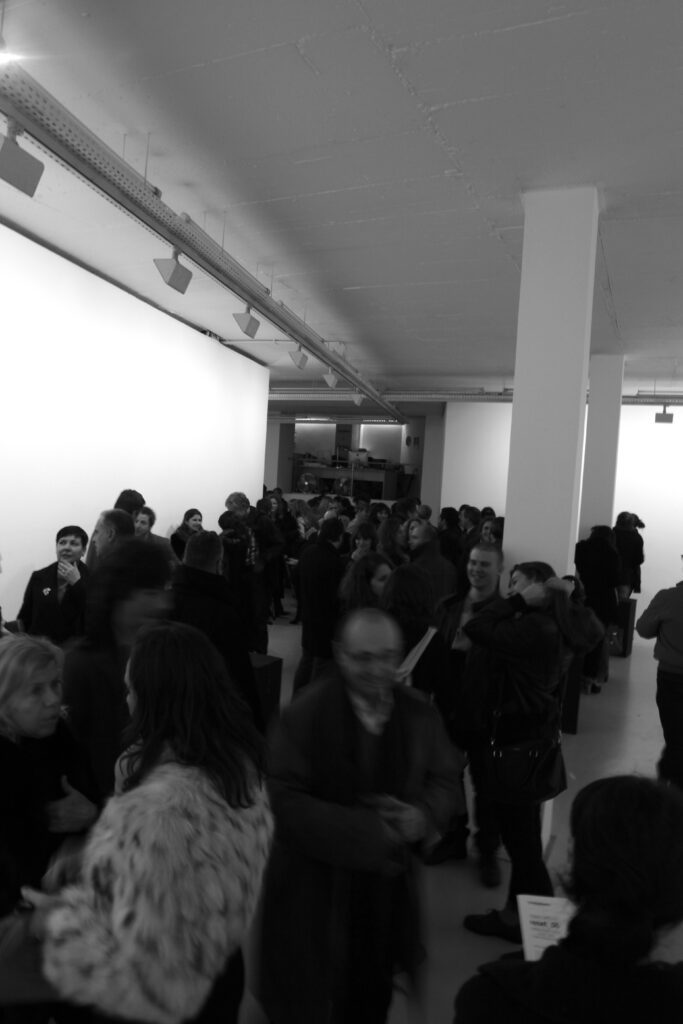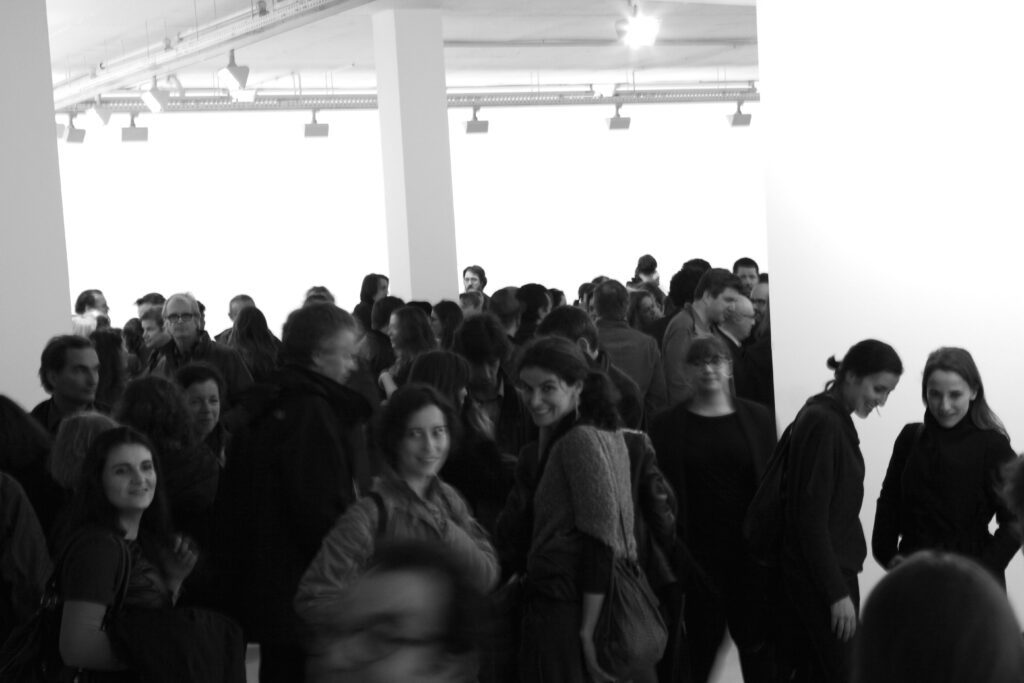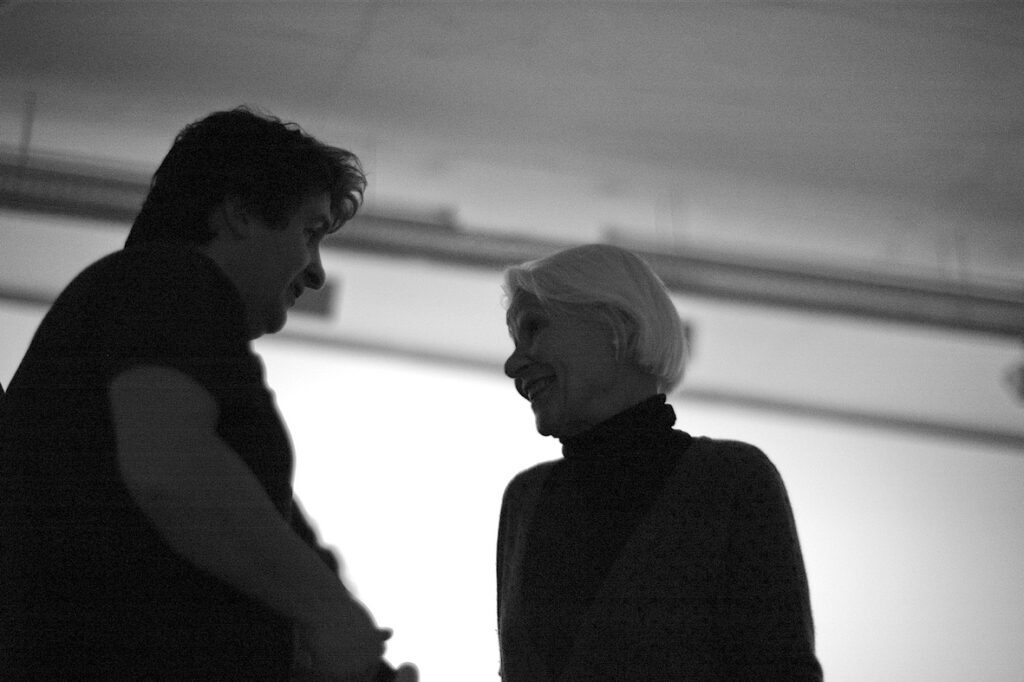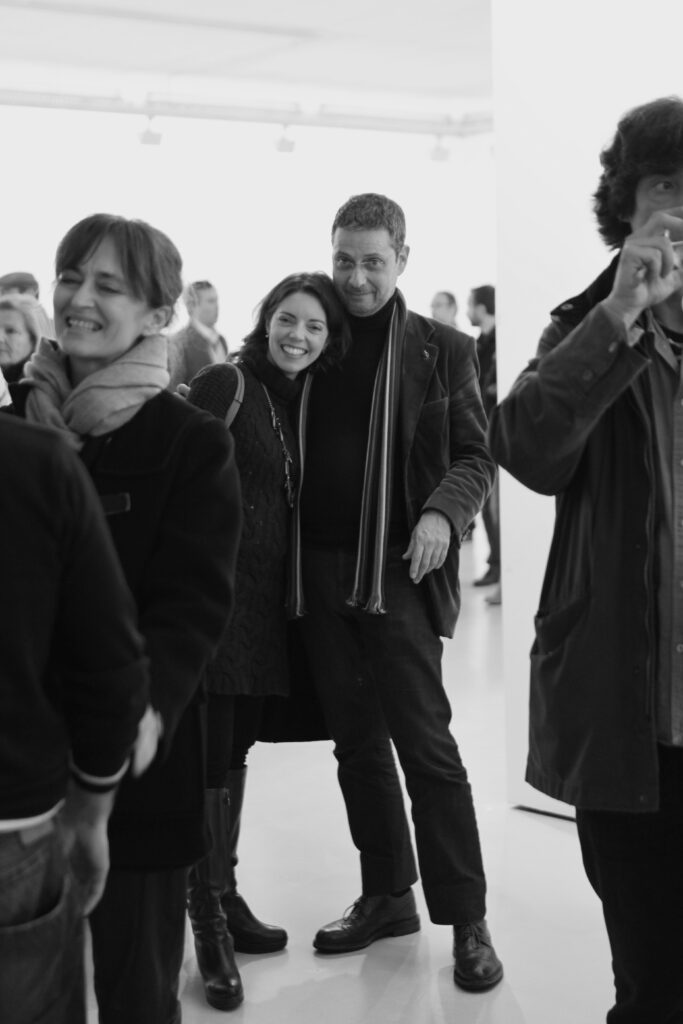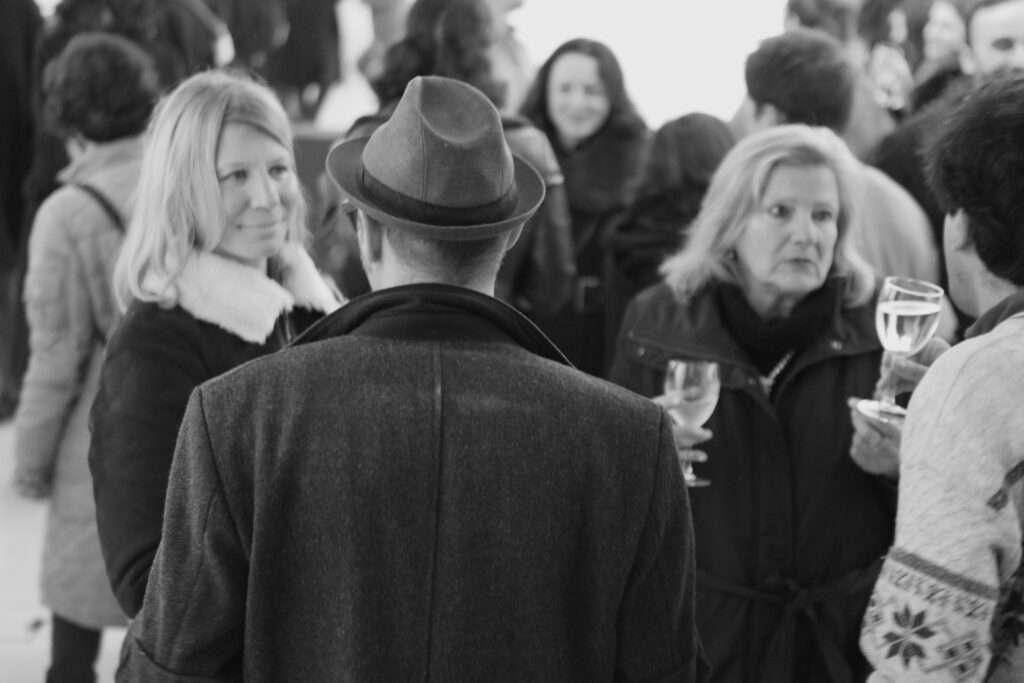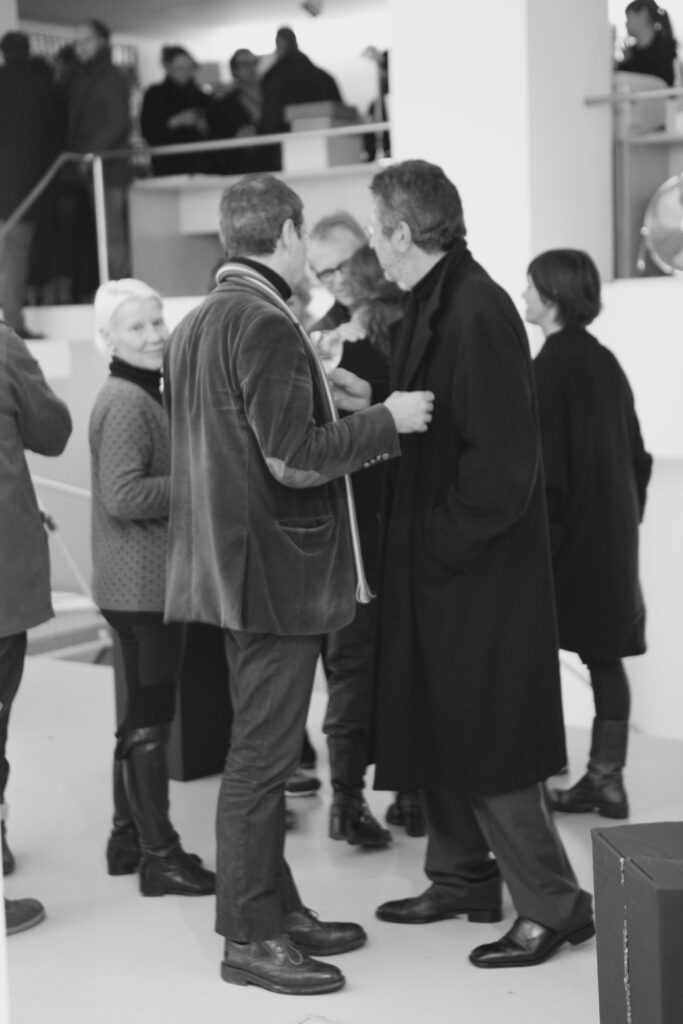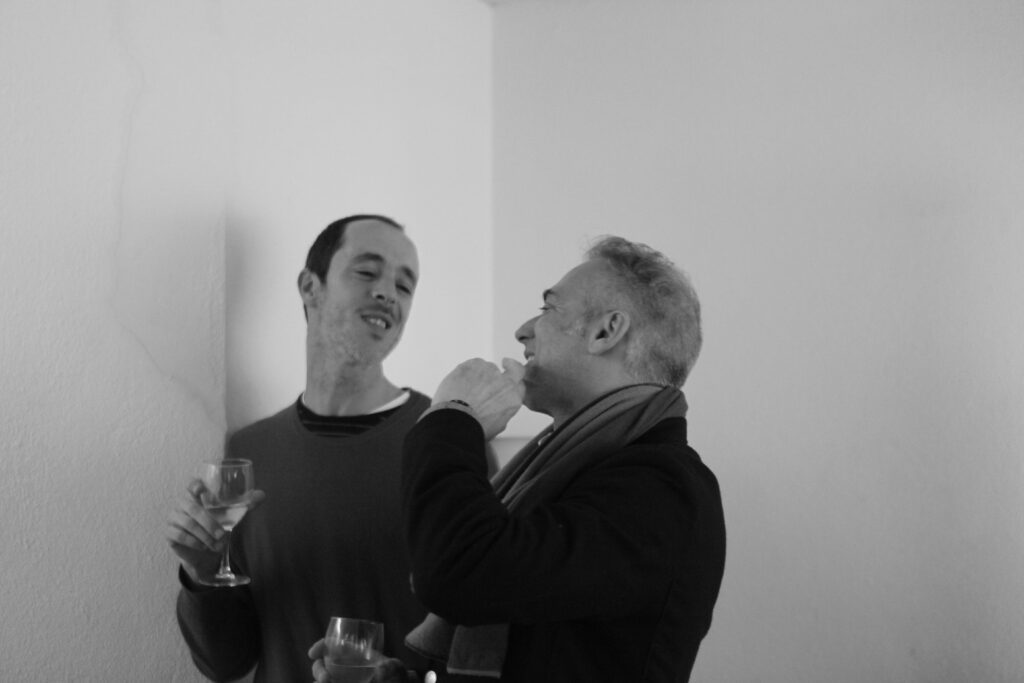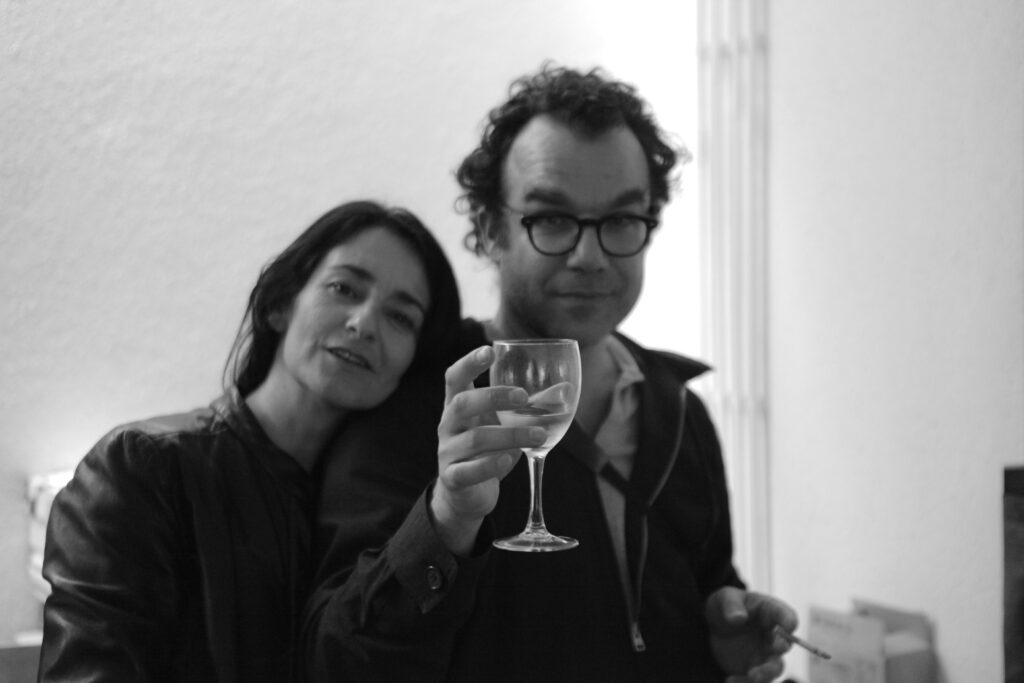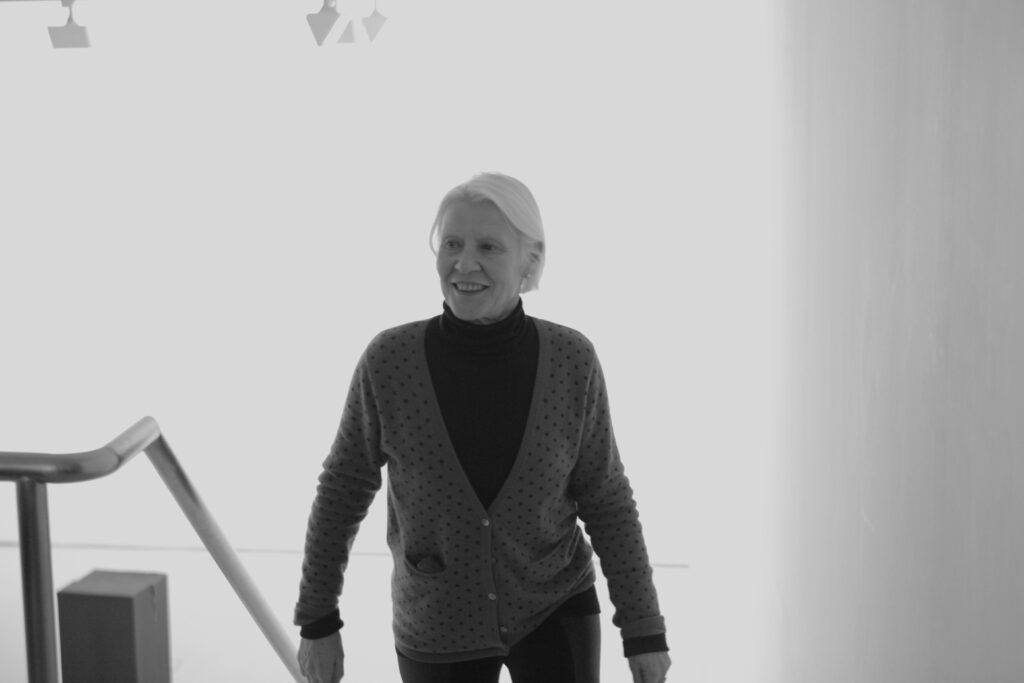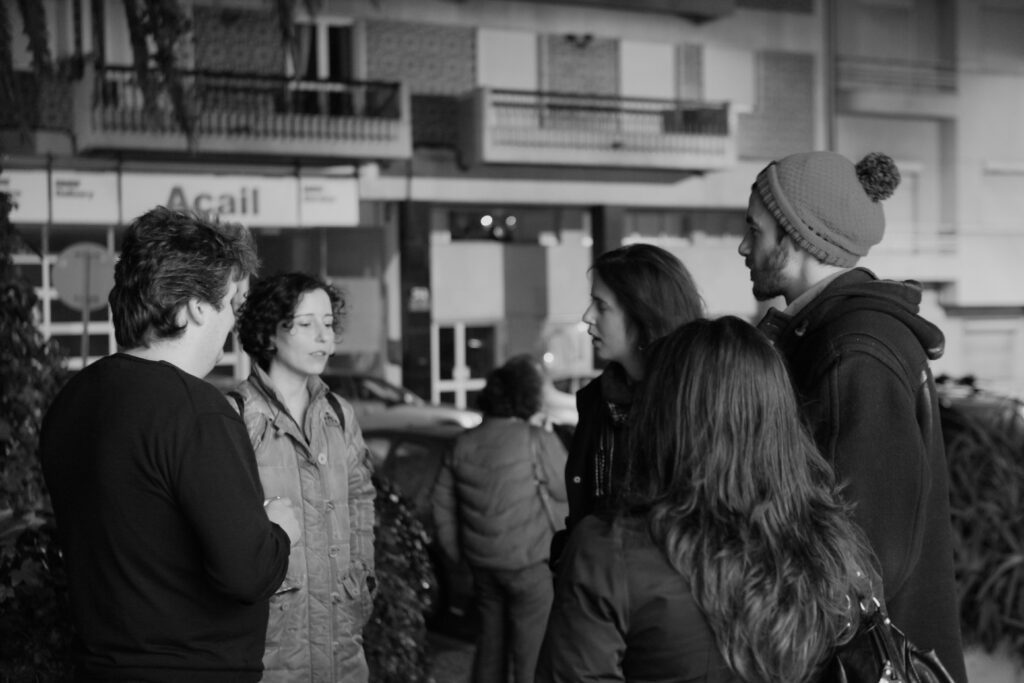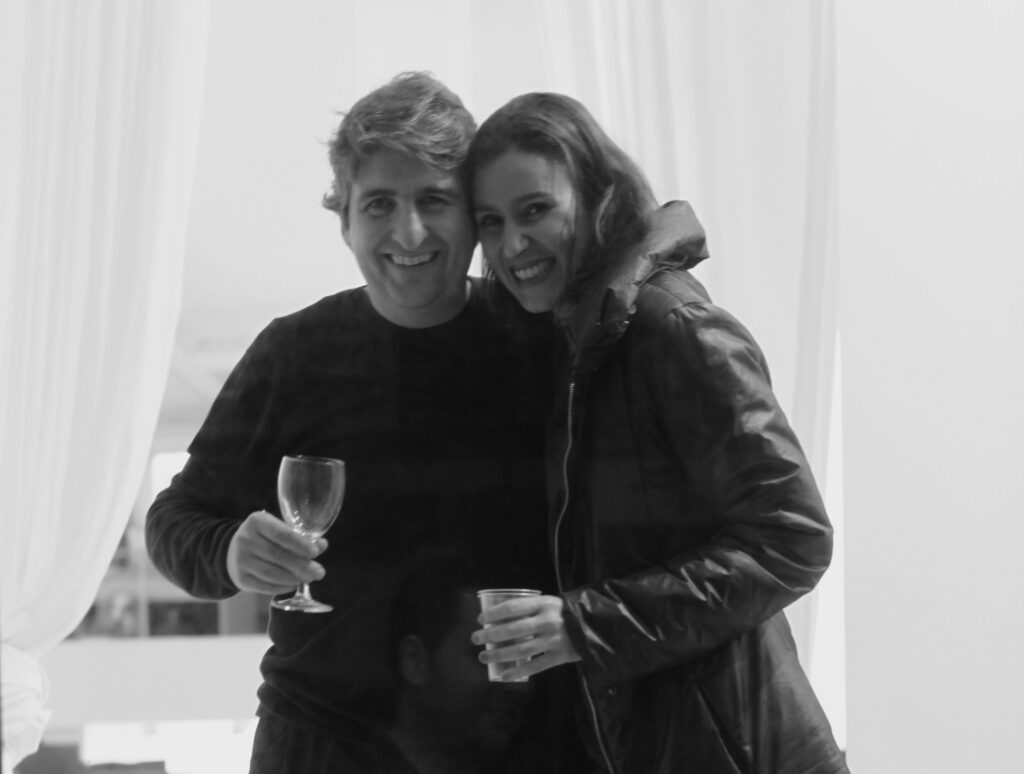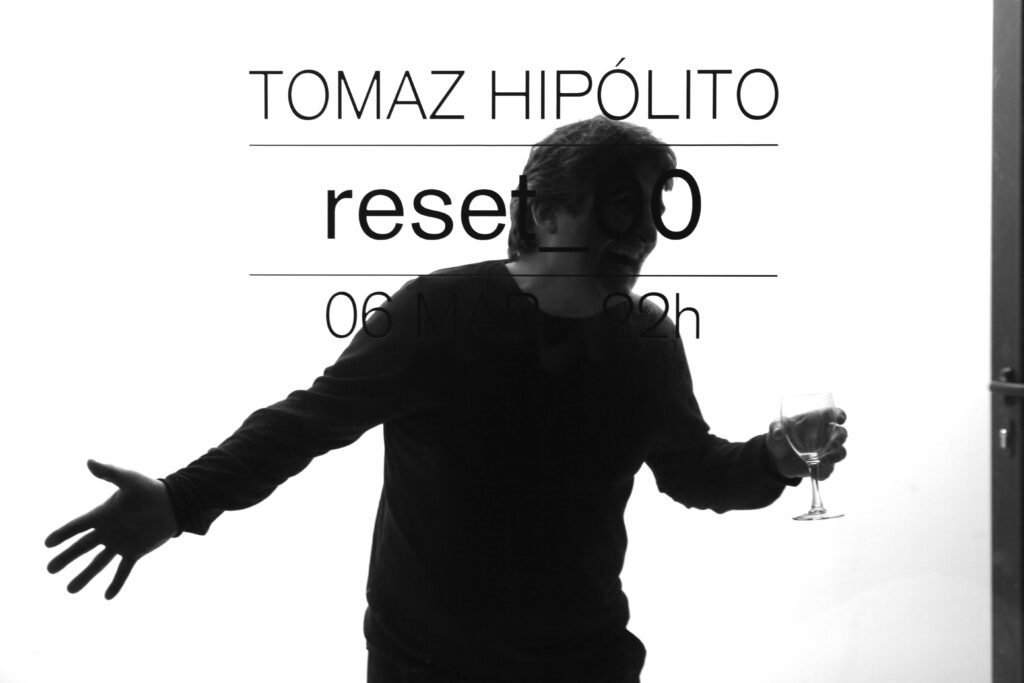2013 reset_00 + persona_37_38 | Cristina Guerra Gallery | Lisbon
text relatedSmall daily epiphanies
Tomaz Hipólito’s subterranean path dwells in a strange limbo between art and architecture, permeating the various possibilities developed by the artist through his use of drawing, photography, video, performance and sculpture. However, none of these labels seems to be able to describe him as, in each of these artistic practices he uses rules of conception and execution governed by protocols alien to them: he produces photography but is not a photographer, is interested in space but is not an architect, draws and paints but is not a painter. What brings together this multiplicity of procedures?
The common link between these practices is an undisciplined interest in architecture that became an attention on space, understood from a point of view that ranges from phenomenological to conceptual (meaning that it appears to us as the demonstration of an idea). This concern began to emerge in his drawings as a reference to the relationship between objects and their shadows, a clear indication on the relation with the physicality of the surface of a space that is understood in its materiality. The shadow is the sign of invisibility (as an absence of light), but its inscription in a support is the confirmation of the target. Namely, of a surface that encloses and defines a particular spatiality, denouncing the existence of an object interposed between it and the luminous source.
This concern on how an object is perceptible as it exists in the immanence of a spatial expanse came to know various developments. Resulting from the juxtaposition of disparate objects recovered from the artist’s daily life, these sculptures do not exist as artworks until the moment they replace some element of a set of pieces that define the idiosyncrasy of an inhabited place. Often, this place is the carrier of some kind of order, even if that order belongs to the heteroclite space that defines a socio-economic context. Nevertheless, these sculptures exist as photographed objects before the displacement process that bestows on them a phenomenic existence. The confusion generated by this situation is particularly interesting as the objects exist as image before they come to life as objects, something which is only possible through this displacement process, to be finally reduced to a fleeting alternate life that is only possible as image.
There is an echo of Erwin Wurm in this displacement process, in the production of an echo of existence – the link that bonds the interest in the shadows to the interest in the displacement processes.
Even more interesting is to ponder on how this metamorphosis production line comes to transmute itself into the production of a character that populates places, not as a substitute but as an invading entity. With all this recursively presentifying weight of the image of the intruder and of the inscription that it generates, this is one entity whose strange motive of belonging must be placed at the dual level of proving its own existence as well as the existence of its place.
This was the path followed by the artworks and projects developed in Brooklyn, New York, at Residency Unlimited. During this period (2011) Hipólito shifts his attention to the urban space, phasing out from the objectual dimension to the city scale. In the project produced at the Emily Harvey Foundation, appears for the first time the relation between the artist’s body and the space defined by the upper terrace of a building, in a work dedicated to how the city was made visible, here, in a relational scale. Using video and drawing, this exhibition explored the topics of invisibility and effacement giving place to a later development that took the form of a series of composite photos of a character (the artist himself, following of a tradition of self-representation that pervades the Portuguese art of the last hundred years) multiplied in different scales in a mirrored game that seems to point towards the idea of the double, a döppelganger.
This way of mapping spaces (now evolved to a series of self-representations in architecture studios from Steven Holl’s to Aires Mateus’) is produced through the construction of a lexicon of movements, some pertaining to the history of modernist representation of the body (from the images of the ballets mechaniques to Almada Negreiro’s iconography), others evoking Bruce Nauman’s filmed performances, and are all unified by the use a black or white uniform that depersonalizes the artist, transforming him in a corporeal metric of the spatiality of definite places.
The performance now presented in Cristina Guerra’s gallery space represents yet another form of concretization of this relational method of mapping space.
Briefly describing the performance, the public is invited to enter the gallery’s building and once inside led through a small door into an obscured service staircase. There, they will follow to a lower level and into a door that opens to an unknown space. Being pitch dark, orientation is impossible and the only sense of dimension comes from the sound of a saw. One by one, apparently uncovered by the sawing action, faint lights shine and reveal corners. The performance goes on until, after climbing another flight of stairs, the route comes to an end as the lights reveal that we finally are in the space of Cristina Guerra Gallery, having entered it through an unknown and unheard path.
While this happened the gallery space was being strewed with the debris from the performance (the part of it that was carried out by the artist, as the process of perplexity and discovery of the space is collective and shared by the audience). This debris shapes informal sculptures of dubious status, being unclear if they are the memory of the action or claim to be autonomous as objects.
The typology of this artwork has a reminiscence of Robert Morris – or we can call upon it – as it is an inversion of the process of the seminal piece Box with the sound of its own making (1961). Here the sound is heard live and simultaneity is produced in the viewer’s memory when space is revealed as familiar. However, the state of perplexity is essential as it creates the availability to, progressively or gradually, recognize and experience the situation as an event on itself.
Between irony and candid fascination, the discovery of space is the recurring event in the recent developments of Tomaz Hipólito’s artwork. This discovery is often a micro-fiction emphasizing an order that transcends it – a landscape in Azores, Death Valley, the rooftops of New York, sometimes the lexicon of an almost didactic action, revealing a methodical study that seems to collide with a certain state of things, as in the images of the architecture studios. Whatever the case may be; small epiphanies they are.
What else matters?
Lisbon 2013 Delfim Sardo
text related
